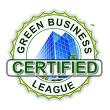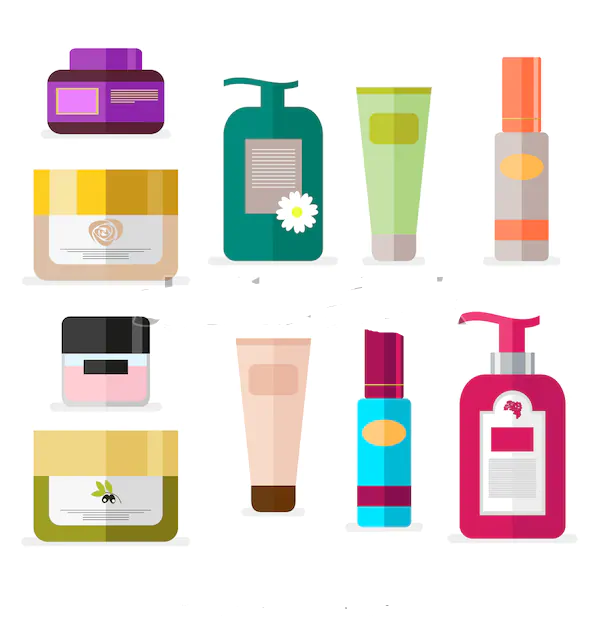
Facts on Carcinogens At Home
 Facts On Carcinogens At Home
Facts On Carcinogens At Home
From the Cancer Prevention Coalition and the "Safe Shoppers Bible" by Dr. Samuel S. Epstein and Dr. David Steinman, 1995
According to a National Academy of Sciences workshop, approximately 15 percent of the American population suffer from chemical sensitivity. Researchers have traced this increased sensitivity to the proliferation of synthetic chemicals in consumer products and furnishings.*
The risk for leukemia increases by four to seven times for children, ages 10 and under, whose parents use home or garden pesticides.*
The risk of childhood brain cancer is associated with the use of pesticide "bombs" in the home, pesticides to control termites, flea collars on pets, insecticides in the garden or orchard, and herbicides to control weeds in the yard, including exposure to two common pesticides available in garden shops - carbaryl and diazinon.*
In 1990, more than 4,000 toddlers under age four were admitted to hospital emergency rooms as a result of household cleaner-related injuries. That same year, 18,000 pesticide-related hospital emergency room admissions were reported with almost three-fourths for children age fourteen and under.*
Metylene chloride, the propellant used in many aerosol products, is carcinogenic. Some products containing methylene chloride have been pulled from the market, but the carcinogen continues to be found in many consumer products such as spray paint and stripper.*
Not a single cosmetic company warns consumers of the presence of carcinogens in its products - despite the fact that a number of common cosmetic ingredients are carcinogenic or carcinogenic precursors.*
Some experts estimate that 20 percent of non-Hodgkin's lymphoma cases among women are attributable to their use of hair dyes.
Safety Guidelines For Avoiding Carcinogens At home
- Read all labels carefully before using products. Be aware of their uses and dangers.
- Leave products in their original container with the label that clearly identifies the contents.
- Never put household products in food or beverage containers.
- Do not mix products unless the label directs you to do so. This can cause explosive or poisonous chemical reactions. Even different brands of the same product may contain incompatible ingredients.
- Use only what is needed. Twice as much doesn't mean twice the results. Follow the label.
- If pregnant, avoid toxic chemical exposure as much as possible. Many toxic products have not been fully tested for their effects on the unborn.
- Use products in well-ventilated areas to avoid inhaling fumes. Open windows and use an exhaust fan, making sure air is exiting outside rather than being recirculated indoors. Take plenty of fresh air breaks. Be sure to use adequate skin, eye, and respirator protection.
- Do not eat, drink, or smoke while using hazardous products. Traces of hazardous chemicals can be carried from hand to mouth. Smoking can start a fire if the products are flammable.
- Clean up after using hazardous products. Carefully seal containers.
Recommended Reading:
2009 Samuel Epstein, M.D. book "Toxic Beauty-How Cosmetics and Personal Care Products Endanger Your Health..And What you can Do about it.
Steinman, David and Samuel Epstein, MD, Safe Shopper's Bible, Macmillan Publishing Company, 1995.
Steinman, David, Diet for a Poisoned Planet, Ballantine Books, 1990
Berthold-Bond, Annie, Clean & Green, The Complete Guide to Non-toxic Housekeeping, Ceres Press, 1989.
Dadd, Debra Lynn, The Nontoxic Home & Office, Jeremy Tarcher Press, 1992.
Epstein, Samuel S., Unreasonable Risk, How to Avoid Cancer and Illness from Personal Care Products, 2004,
Harte, John, Cheryl Holdren, Richard Schneider and Christine Shirley, Toxics A to Z: A Guide to Everyday Pollution Hazards, University of California Press, 1991.
Needleman, Herbert and Philip Landrigan, Raising Children Toxic Free: How to keep Your Child Safe from lead, Asbestos, Pesticides and Other Environmental Hazards, Farrar, Straus & Giroux, 1994.
Aubrey's Organics Book on products and ingredients
Epstein, Dr. Samuel S., Politics of Cancer Revisited, 1998
Malkin, Stacy, Not Just a Pretty Face, 2002
Epstein, Samuel, Breast Cancer Prevention Program Book
For safe, certified organic, healthy, affordable and effective products, visit PureHaven.com or Modere.com
 Facts On Carcinogens At Home
Facts On Carcinogens At Home